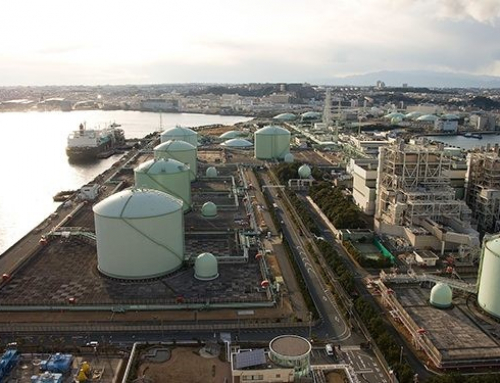By Tim Radford
Greenland’s ice loss could be more this century than at any time in the history of civilization − and perhaps much more.
By the end of this century Greenland’s ice loss will probably be higher than in any century during the last 12,000 years.
Even if humans take immediate drastic action to reduce greenhouse gas emissions, this new record loss will happen. And if − as seems the case − nations go on burning ever more fossil fuels and destroying ever more natural forest, then this ice loss will be four times greater than at any period in human history, according to a new study.
US, Canadian and Danish scientists report in the journal Nature that they used geological evidence and detailed computer simulations to model the past and future loss of ice from the northern hemisphere’s biggest land-borne store − Greenland bears enough ice to raise global sea levels by six metres or more − and measure possible rates of change.
On their reckoning, shortly after the end of the last Ice Age around 12,000 years ago, Greenland’s ice loss was up to 6,000 billion tonnes in the course of 100 years. That, for the entire span from then till now, stayed the record.
They calculate that the rate of loss now, based on measurements in the first 18 years of this century, could still be slightly greater, even if the 195 nations that promised in Paris in 2015 to co-operate to keep global heating to a level “well below” 2°C above the annual average for most of human history, actually kept that promise.
“Our nation has produced more of the CO2 that resides in the atmosphere today than any other country. Americans need to go on an energy diet”
But if the world’s economies continue using fossil fuels under the notorious business-as-usual scenario, then the mass of ice shed from Greenland before the close of the century could be anywhere between 8,800 billion tonnes and 35,900 billion tonnes.
“Basically, we’ve altered our planet so much that the rates of ice sheet melt this century are on pace to be greater than anything we’ve seen under natural variability of the ice sheet over the past 12,000 years.
“We’ll blow that out of the water if we don’t make severe reductions to greenhouse gas emissions,” says Jason Briner, a geologist at the University of Buffalo in New York.
“If the world goes on a massive energy diet,” he adds, “our model predicts that the Greenland Ice Sheet’s rate of mass loss this century will be only slightly higher than anything experienced in the past 12,000 years.”
If on the other hand the world follows what has always been − for climate modellers − the worst case scenario, then, he warns, “the rate of mass loss could be about four times the highest values experienced under natural climate variability over the past 12,000 years.”
‘Eye-opening’ timeline
The latest study supports a flurry of alarming observations and conclusions about Greenland’s ice sheet just in the last few months. Other teams of researchers have found that ice loss from the island is possibly irreversible, that that loss is accelerating in an Arctic region that is warming as fast as or faster than all previous “worst case” predictions, and at a rate that suggests climate scientists may even have to redefine what used to be considered Arctic conditions.
The latest study is one of a series that take the long view of climate history: it is important to separate where possible the effect of natural cycles that would anyway deliver changing conditions, from human-driven or anthropogenic change that could tip the global climate into a new and potentially catastrophic state.
“We have long timelines of temperature change, past to present to future, that show the influence of greenhouse gases on Earth’s temperature. And now, for the first time, we have a long timeline of the impacts of that temperature − in the form of Greenland Ice Sheet melt − from past to present to future. And what it shows is eye-opening,” says Professor Briner.
“Our findings are yet another wake-up call, especially for countries like the US. Americans use more energy per person than any other nation in the world.
“Our nation has produced more of the CO2 that resides in the atmosphere today than any other country. Americans need to go on an energy diet.” − Climate News Network
d





